Orchis spotted - a medicinal plant in your garden
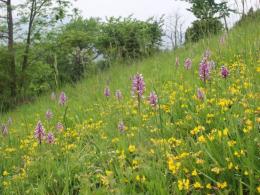
The main and important task today is to find harmony in the relationship between nature and man. It is not surprising that people today strive to pay special attention to nature and treat it with care, in particular the plant world. There is a need to preserve all types of plants both on the planet in general and in specific areas. Plants already included in the Red Book should be especially protected.
Content:
- What is spotted orchis?
- Plant propagation
- Spotted orchis in the garden
- About the beneficial properties of the plant
What is spotted orchis?
The plant is a common one; in nature there are about one hundred varieties. Unfortunately, some of them are almost exterminated today and need protection. In Russia you can find about 40 species of this orchid, the most common of which is called male orchis.
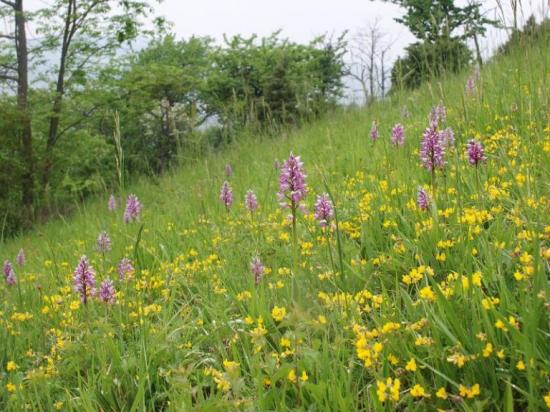
Different types of plants live in different natural conditions, for example, the helmeted orchis can be found in clearings and forest edges; it also likes to grow in meadows. Found in North America, the Caucasus, and Siberia. It can also grow in the mountains, at altitudes up to 1800 m.
It got its name because of the leaves, which are colored with gray-brown spots. It belongs to herbaceous perennial plants. Depending on the climatic conditions in which it grows, its height can reach up to 60 cm. The leaves have a shape narrowed to the petiole.The stem is simple, leafy, ending in an elongated peduncle, with a spike-shaped inflorescence that produces many flowers. Orchis flowers range in color from violet to lilac. Unfortunately, in our areas they come in only two types of color.
Plant propagation
The flowering period for spotted orchis falls in June-July. By August, the seeds in the fruit boxes ripen. Under normal natural conditions, this orchid increases its numbers quite slowly, usually by division, that is, vegetatively. Reproduction using seeds is quite problematic, since the seed requires symbiosis with a certain type of fungus.
For this reason, seedlings from orchis seeds are extremely rare, although this type of orchid produces a huge amount of seeds every year.
Human activities to develop new lands and hot, dry summer periods significantly reduce the number of orchis. To multiply and preserve these beautiful and rare plants, it is necessary to classify wild orchids as cultivated, mass propagate them, and transplant them into the wild. Moreover, they are not afraid of this procedure.
Spotted orchis in the garden
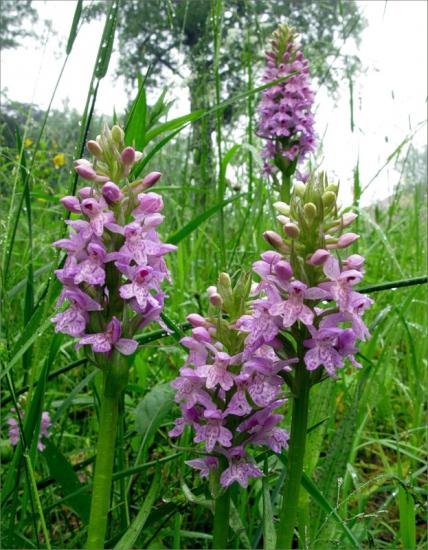
Growing the plant along with cultivated plants is quite simple: orchis will be comfortable in the garden.
- This plant will not require special care from you; it will be enough to free it from the presence of weeds.
- Your only concern will be cutting off the dry part of the stem at the end of August, after the seeds have spilled out.
- In the event of a very dry summer, you will be required to water the plant.
- In winter, there is no need to cover the orchis; it will survive the winter well on its own.
- This plant is very resistant to various types of flower diseases.
With sufficient watering and early compost, in any case, earthworms live in the soil, which create an excellent atmosphere for the formation of fungi, which makes it possible for orchids to reproduce and develop well. So, with proper care of the plant, there is still a chance to get plant seedlings grown from seeds.
The spotted orchis blooms very beautifully; when you see the spectacle created by the abundantly flowering orchis, you will never forget it.
About the beneficial properties of the plant
Since ancient times, spotted orchis has been considered not only decorative, but also medicinal. Its bulbs, called salep, are nutritious and healing. Nutrients are collected in the fibrous system of orchis roots. In spring and then in summer, the above-ground part of the plant uses these reserves to ensure good flowering and seed ripening. After the supply runs out, the so-called tuber dies.
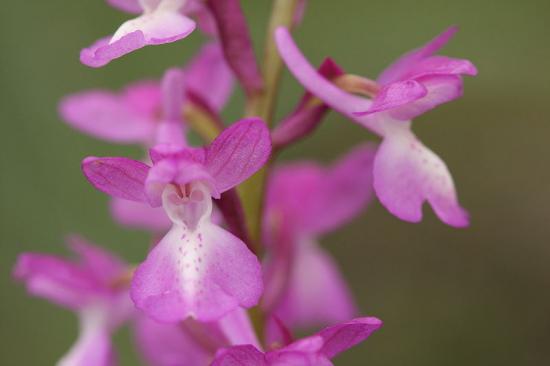
since time immemorial people have known about medicinal properties plant, it has tonic and restorative properties. Medicines prepared from it help in the treatment of restoring health after a major operation or after a long illness.
The most effective medicinal component is mucilage obtained from the root of the plant. She has a strong anti-inflammatory action, it is used in the treatment of inflammatory processes in the gastrointestinal tract and upper respiratory tract. It is recommended to take it in case of poisoning with toxic substances: bee and snake venoms, bacterial toxins and chemicals.
Elderly people are recommended to take orchis preparations to maintain strength.It is used in the treatment of dental diseases, diseases of the genital organs, and weakening of potency.
For medicinal purposes, only young roots of the plant are used. They are dug up, sung, and peeled. Then it is kept in boiling water for some time and dried. If necessary, a decoction rich in starch, glycosides, essential oils, vitamins, and protein is made from dried roots.
The use of orchis preparations should be strictly dosed; if the dosage is exceeded, side effects may occur. For local external use, the roots of the plant are crushed, steamed in milk and mixed with rendered pork fat. It is used to treat baldness, abscesses, and toothache.
Interesting information about the vegetable garden

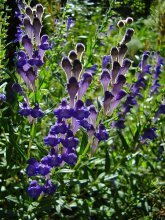
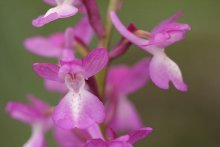
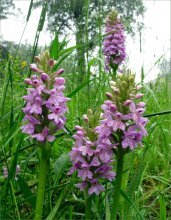
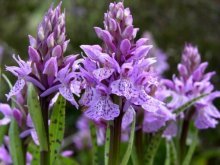
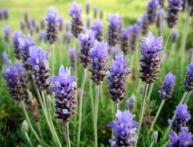
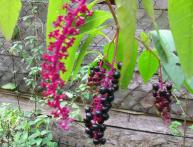
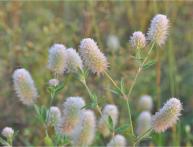

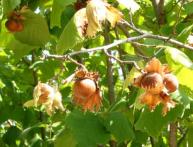
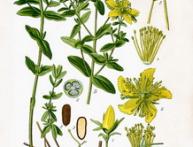
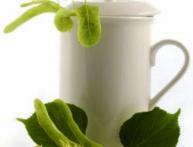
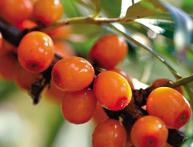
Comments
An interesting plant, I think it will look great in a flower bed. Only one question arises: what seeds are sold? Are these already orchis hybrids, or is it still a cultivated plant?
An unusual plant indeed. I would never have thought at first glance that it belonged to orchids! We’re used to them being capricious southerners, but it turns out they’re growing almost under our feet!